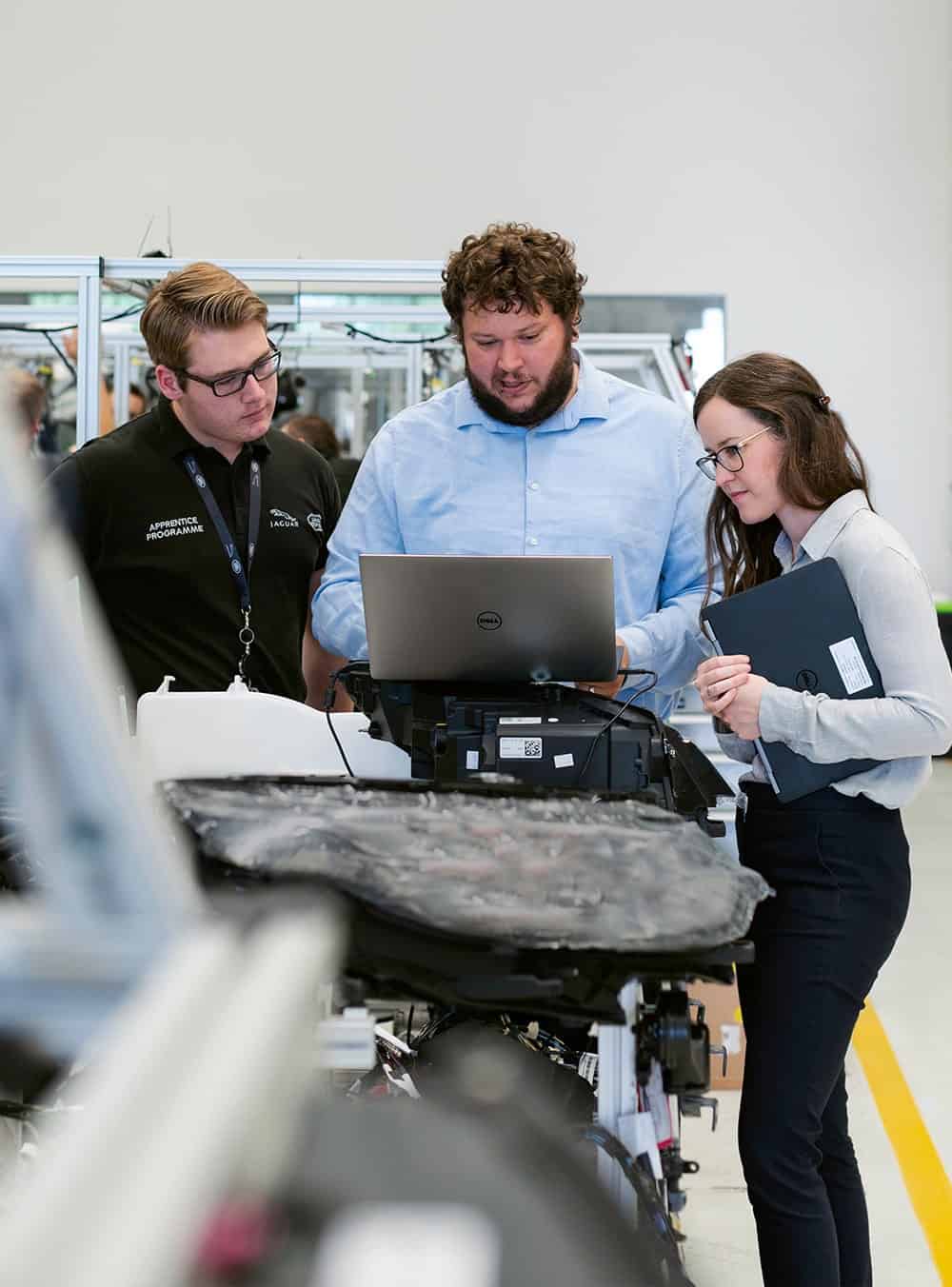Planning Your Automated Marketing Strategy

Building an automated marketing strategy requires more than just setting up a few email sequences. To truly succeed, marketers need a well-thought-out plan that aligns with business goals, customer behaviors, and long-term growth. Here’s how to build a strategy that delivers results, not just clicks.
1. Map the Full Customer Journey. Before building any automation workflows, you need to understand where automation can improve the customer journey. The key is identifying points where manual intervention isn’t necessary but personalization is critical.
Pro Tip: Use a customer journey map to highlight touchpoints where automation can improve engagement. Look for moments where personalized engagement can reduce friction, such as onboarding for new customers or cross-sell opportunities after a purchase.
E-commerce example: Map out the entire post-purchase journey. An effective post-purchase sequence might include immediate order confirmation, shipping updates, product care tips, and a request for a product review—all triggered automatically at the right time intervals.
Travel & hospitality example: For a hotel chain, the customer journey extends well beyond the booking. Automate pre-arrival emails with check-in information and personalized upsell offers (e.g., room upgrades, spa packages), followed by post-stay surveys to drive repeat bookings.
2. Build Multi-Layered Campaigns. Your automated campaigns should be multi-faceted, covering not just a single interaction but the entire lifecycle of a customer.
Pro Tip: Build branching workflows that adjust the messaging and timing based on user behavior. For instance, if a customer opens an email but doesn’t convert, send a follow-up offer; if they don’t engage at all, try a different approach like a discount or reminder via SMS.
Gaming example: Implement a multi-step re-engagement campaign for players who have not visited your property for a certain period. Start with an email offering free slot play, followed by a push notification offering time-sensitive rewards. If there’s no response, send a personalized SMS with an exclusive offer.
Financial services example: For onboarding new customers, build an automated sequence that starts with a welcome email, then follows up with account setup reminders, tips on how to maximize their account features, and a final nudge for customers who haven’t completed their setup.
3. A/B Test Everything, Optimize Constantly. A common mistake in automated marketing is setting up a workflow and leaving it untouched. Marketers should constantly A/B test different aspects of their campaigns—from subject lines to timing and CTAs—to ensure they’re optimizing for the best results.
Pro Tip: Set up automated reporting so you can continuously monitor performance without extra manual effort. Track key metrics such as open rates, click-through rates, and conversion rates by segment to identify which audience segments are responding best to your campaigns.
Travel & hospitality example: A/B test email subject lines for re-engagement campaigns, such as whether urgency (e.g., “Book Now for 20% Off!”) performs better than personalization (“We Miss You—Here’s a Special Offer for You”).
E-commerce example: Test different incentives in cart abandonment emails, such as offering free shipping versus a discount. Use automation to trigger an alternative offer if the first fails to convert.
4. Combine Behavioral Triggers with Predictive AI. Automating based on past behavior is effective, but predictive analytics takes things a step further. Predictive AI can forecast future customer behavior, enabling you to trigger automated marketing campaigns before the customer even knows they need it. Predictive AI can help identify when a customer is likely to churn, triggering a retention campaign before they even stop engaging.
Pro Tip: Leverage platforms like Experiture that integrate AI-driven insights with automation. Use predictive models to proactively engage customers at risk of disengaging and deliver hyper-relevant content based on future behavior, not just past actions.
Conclusion
No matter the industry in which you work, automated marketing can boost customer engagement – and the bottom line – by keeping customers engaged in the moments that matter most. By following these steps, you can create an automated marketing strategy that not only saves time but drives significant improvements in customer engagement and ROI.
Looking for more in-depth guidance on planning your automated marketing strategy? Download our white paper for detailed insights and real-world examples that will help you take your marketing to the next level.

